-
- Water Status and Quality Monitoring Programmes
- Groundwater Status and Quality
- Superficial Water Status and Quality
- Protection of water from nitrates and pesticides
- Protección de las aguas frente a la eutrofización
- Contaminantes emergentes
- Especies invasoras en medios acuáticos continentales.
- Instructions, guidelines and protocols for measure and sample taking
- Archivos digitales de aguas subterráneas (ADEPAS)
-
- Hydrological Bulletin
- Assessment of natural regime water resources (SIMPA)
- Hydrology Yearbook Information System
- Sistema Automático de Información Hidrológica (SAIH)
- Evaluación de los Recursos Hídricos Procedentes de la Innivación (ERHIN)
- Official Network for monitoring the Quantitative Status of Groundwater
- Predicción estacional
-
- Primera convocatoria ciclo urbano del agua
- Segunda convocatoria ciclo urbano del agua
- Primera convocatoria regadío
- Segunda convocatoria regadío
- Conferencia Sectorial de Medio Ambiente: distribución territorial de fondos del PERTE de digitalización del ciclo del agua
- Tercera convocatoria del ciclo urbano del agua
Reserva Natural Subterránea del Manantial del río Gándara

La reserva natural subterránea (RNS) Manantial del río Gándara cuenta con una superficie de 29,2 km2 e incluye parte del Parque Natural Collados del Asón, localizado en el municipio de Soba (CCAA de Cantabria). La RNS se encuentra dentro de los límites de la masa de agua subterránea ES018MSBT012010 Alisa-Ramales, en la Demarcación Hidrográfica del Cantábrico Occidental.
El manantial del río Gándara, que da nombre a la RNS, se sitúa a 567 m.s.n.m. y es el punto de descarga del acuífero kárstico formado por las calizas, calcarenitas y areniscas del Complejo Urgoniano (Cretácico Inferior). Las fuentes del nacimiento del río Gándara surgen en el contacto lateral con las formaciones de baja permeabilidad que afloran en La Gándara de Soba.
La recarga de este acuífero se produce entre los 1.000 y 1.700 m.s.n.m, por infiltración de agua de lluvia y del deshielo de la nieve acumulada en las zonas altas (Picón del Fraile, Bustaveinte, valles de Hondojón y Brenanvito). En el seno del acuífero, la disolución de la roca carbonatada ha desarrollado un sistema de kárstico denominado Sistema Gándara con 106 km de galerías y cavidades. Este sistema hidrogeológico permite la circulación del agua subterránea, salvando el desnivel de -814 metros existente entre las zonas de alta montaña hasta el valle de La Gándara. La descarga se produce por dos salidas puntuales (Cueva de La Gándara y Cueva río Chico), y una zona de surgencia difusa, conociéndose todo el conjunto como Nacimiento del río Gándara. El caudal drenado oscila entre los 0,3 m3/s a 5,1 m3/s. Las variaciones de caudal están condicionadas por el funcionamiento kárstico del acuífero, por la precipitación según el año hidrológico sea húmedo, promedio o seco, y por la estacionalidad de la recarga del acuífero (estiaje o invierno).
La descarga del acuífero se produce bajo la peña Becerral da origen al río Gándara cuyo cauce va adaptándose a la compleja orografía del paisaje cántabro, salvando el desnivel con rápidos en su cabecera (Mirador del Gándara) hasta desembocar en el río Asón en Ramales de la Victoria. La variedad de ambientes y condicionantes climáticos entre el fondo de valle y la alta montaña dan lugar a un amplio espectro de ecosistemas forestales y fauna salvaje.
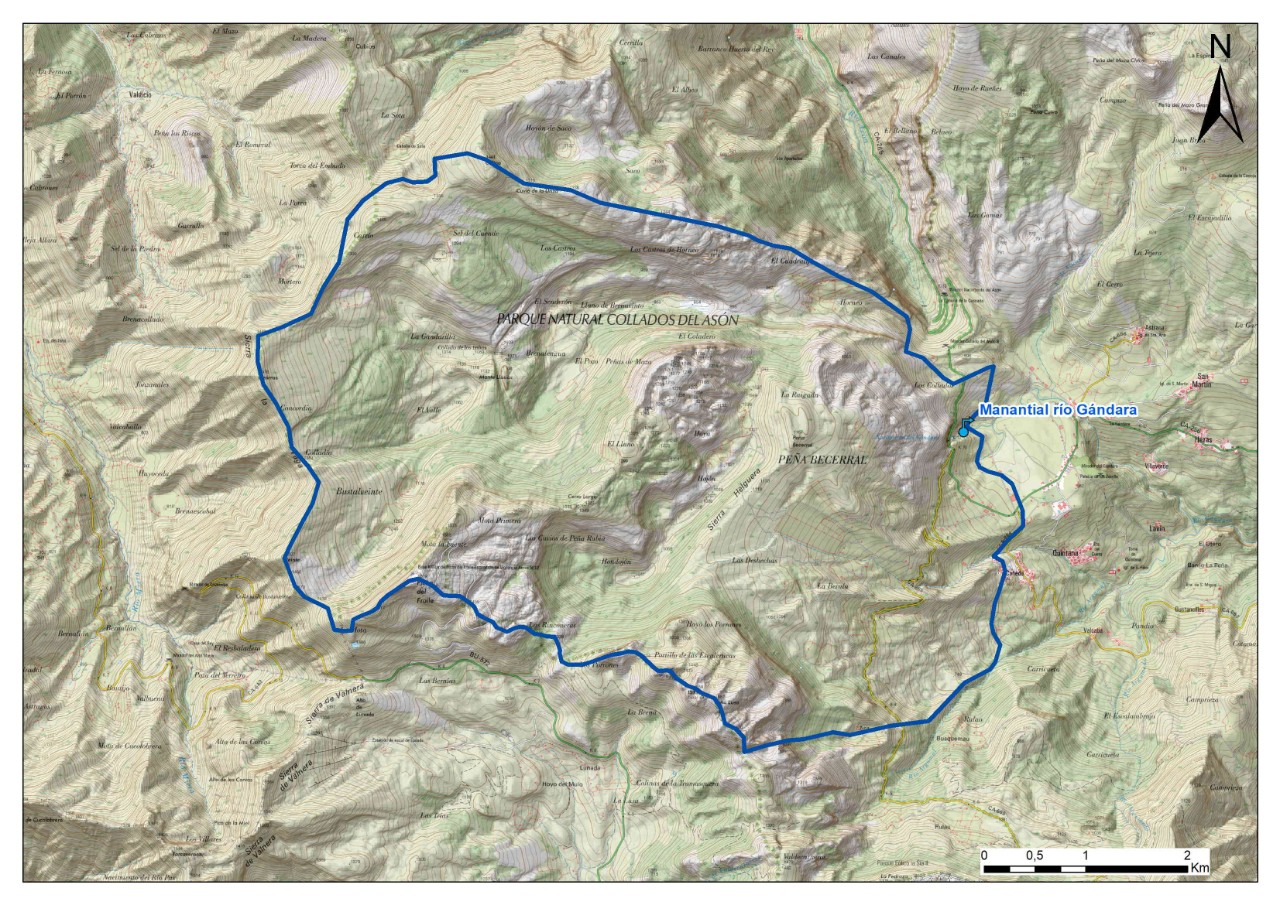
Reserva Natural Subterránea del Manantial del río Gándara

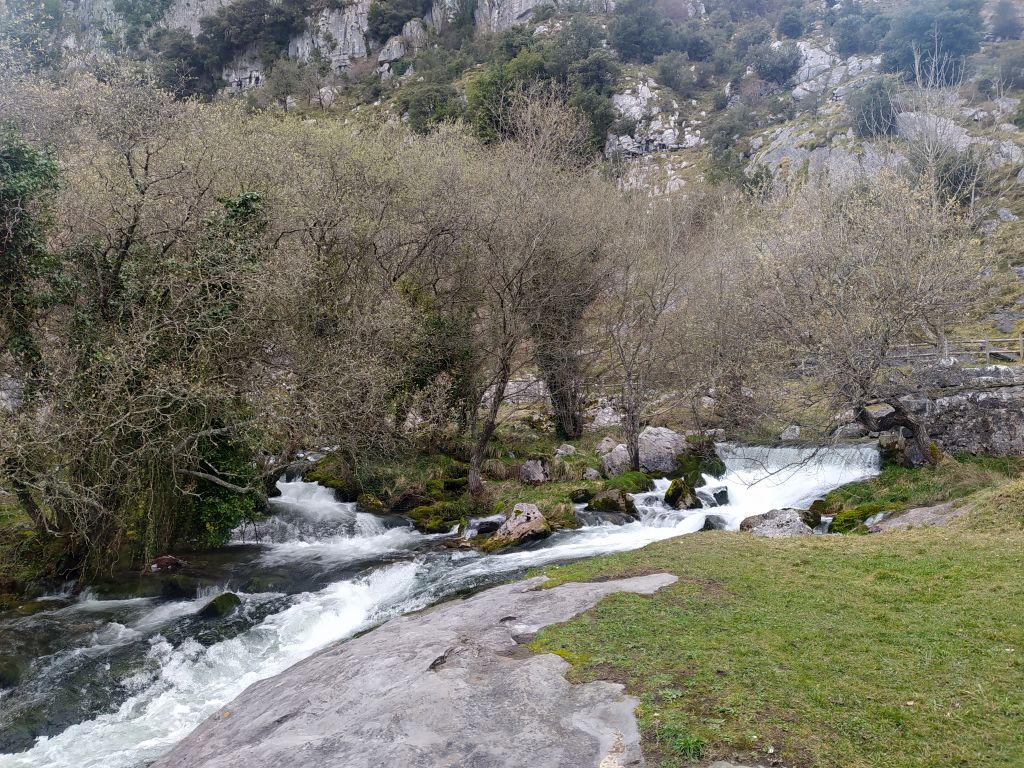 Drenaje difuso del flujo subterráneo en el Nacimiento del río Gándara
Drenaje difuso del flujo subterráneo en el Nacimiento del río Gándara
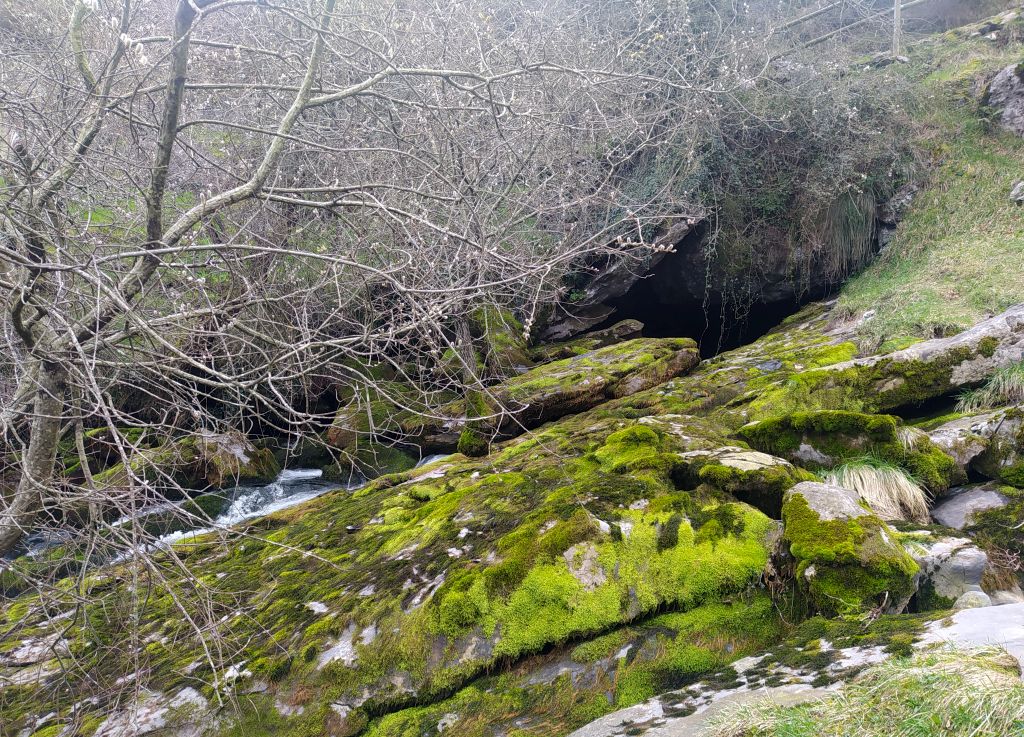 Salida puntual del flujo subterráneo por la Cueva de La Gándara en el Nacimiento del río Gándara.
Salida puntual del flujo subterráneo por la Cueva de La Gándara en el Nacimiento del río Gándara.
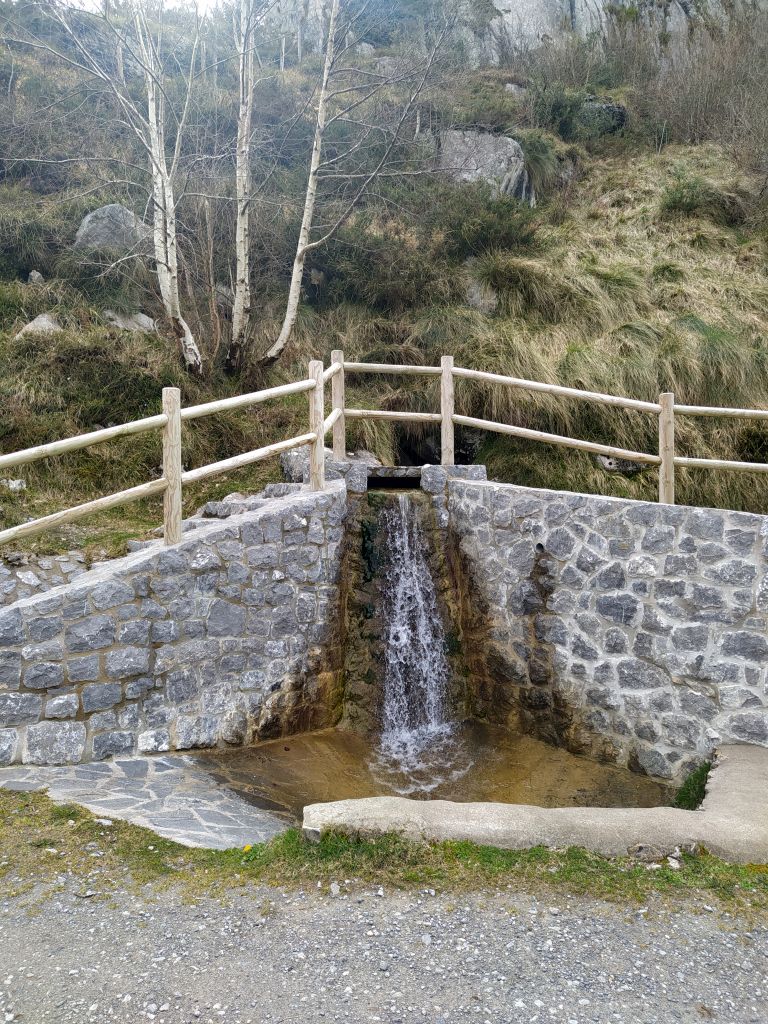 Fuente del Bezón en el límite noreste de la RNS
Fuente del Bezón en el límite noreste de la RNS
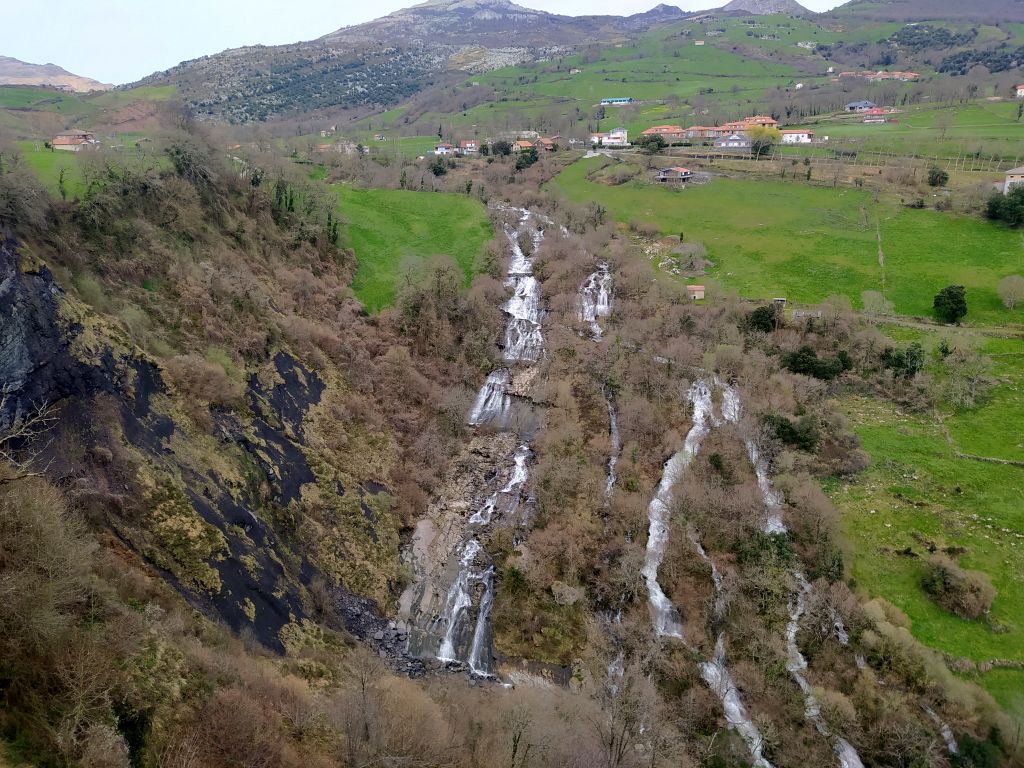 Rápidos del río Gandara en el valle de La Gándara
Rápidos del río Gandara en el valle de La Gándara
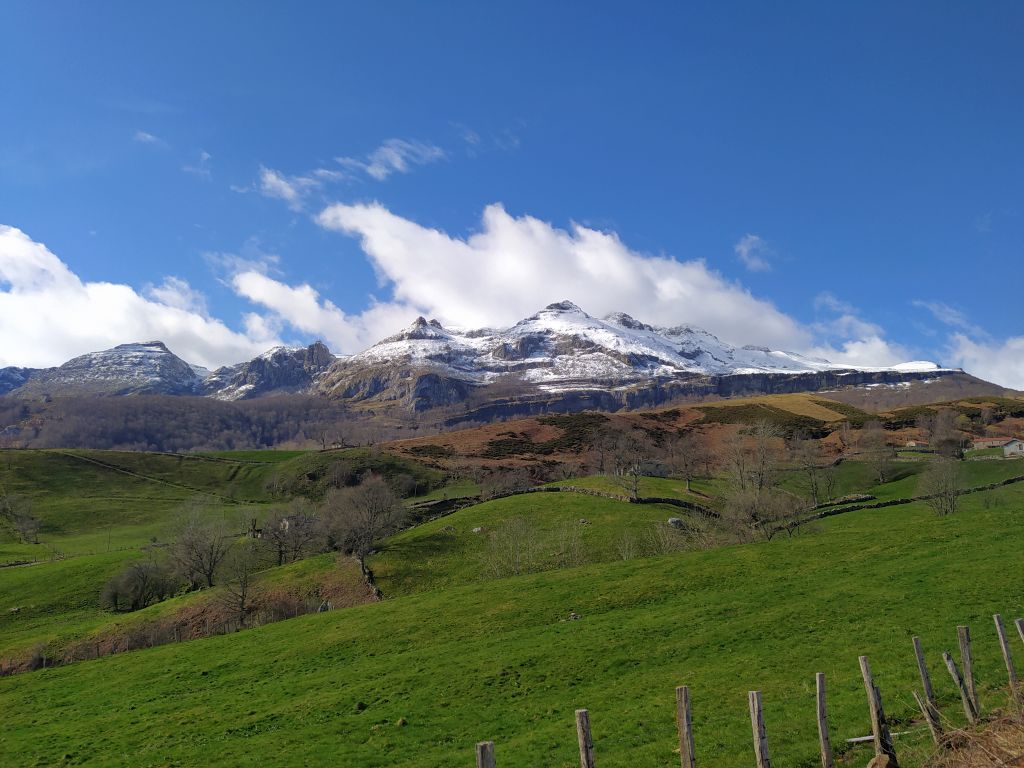 Sierras de calizas urgonianas y zonas de alta montaña en la RNS
Sierras de calizas urgonianas y zonas de alta montaña en la RNS
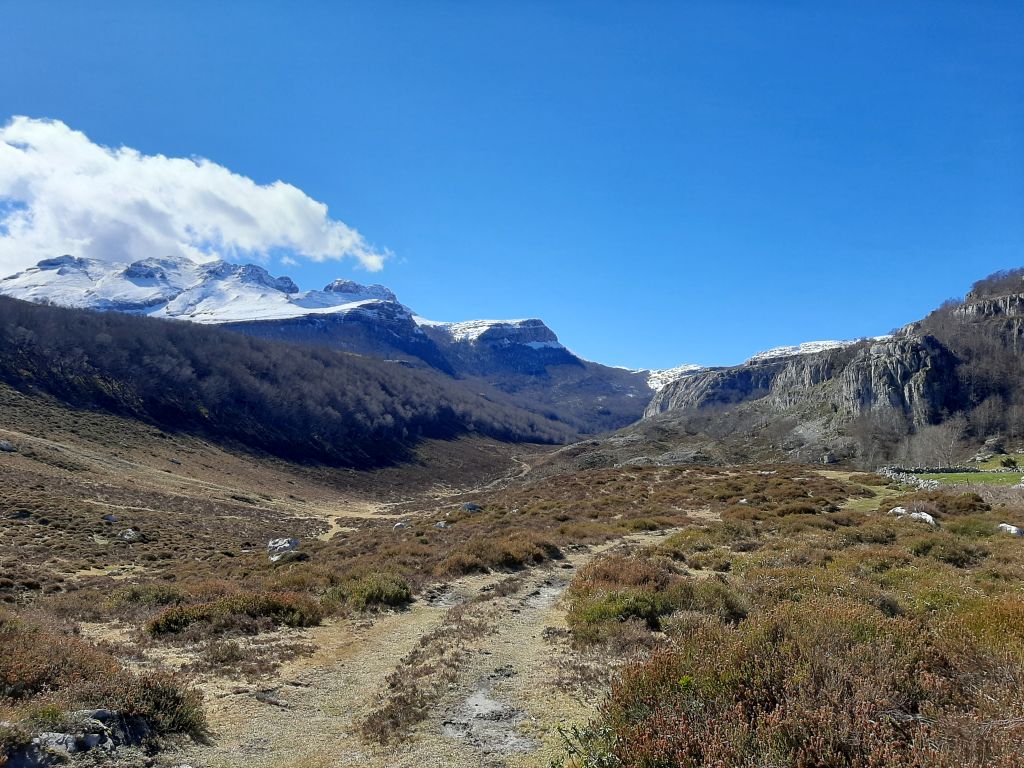 Valle de Hondojón ( valles de alta montaña en la RNS)
Valle de Hondojón ( valles de alta montaña en la RNS)
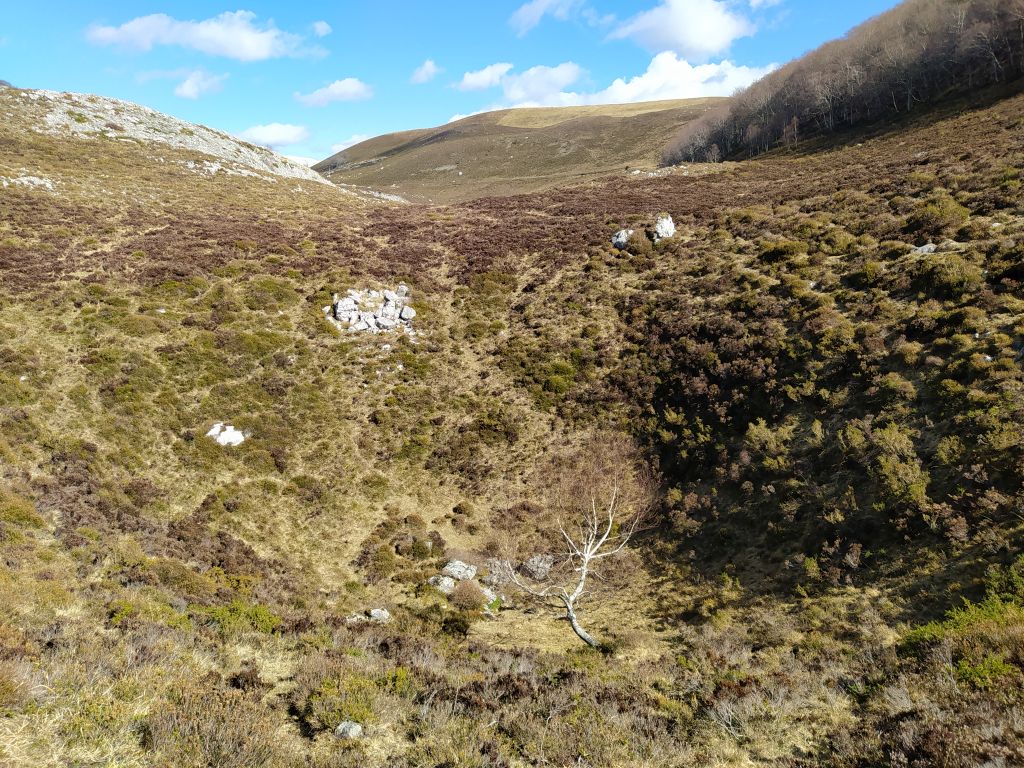 Dolina en el Valle de Hondojón en la zona central coincidente con alineación tectónica
Dolina en el Valle de Hondojón en la zona central coincidente con alineación tectónica
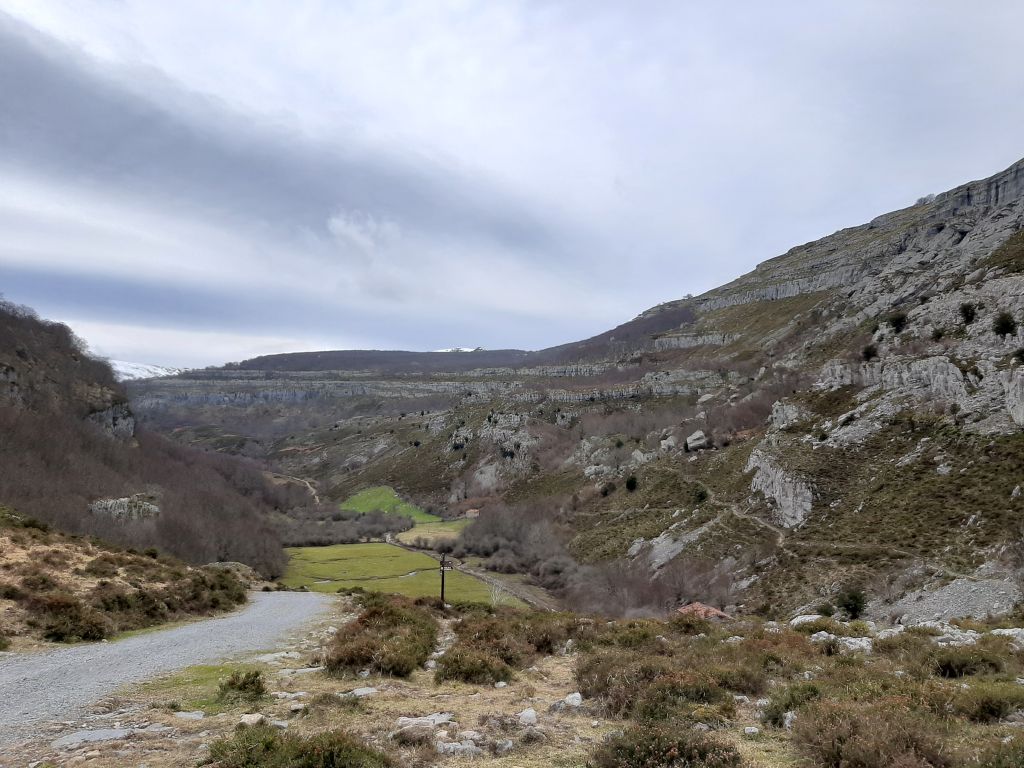 Poljé Brenavinto (erosión kárstica y glaciar)
Poljé Brenavinto (erosión kárstica y glaciar)
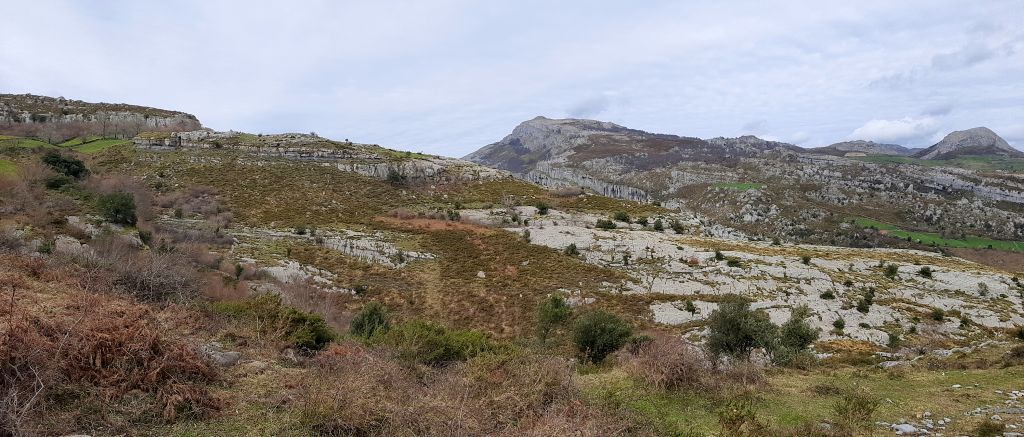 Erosión y pulido de la roca calcárea por la acción del hielo (lengua del glaciar Bustalveinte-Ojón)
Erosión y pulido de la roca calcárea por la acción del hielo (lengua del glaciar Bustalveinte-Ojón)
Descarga cartografía
-
1 ZIP
Ficha y plano
-
1 PDF ficha
-
1 PDF plano
This page provides information on cookies we use: We use our own and third-party cookies to keep your session active, personalise your experience, and collect anonymous statistics about how you use this website. You can choose to accept all cookies or select which types you'd like to allow. To learn more about the cookies we use, read our Cookies Policy.
We use two types of cookies on this site. First, there are Functional Cookies, which are essential for the website to work properly. They store session data to make your experience smoother and more convenient. On the other hand, Analytical Cookies collect information about how you use the portal, without personal data, helping us provide a better and more tailored service.
Introduction to the Use of Cookies on the MITECO.gob.es Website
Cookies are small files that are stored on your device when you visit a webpage. They are essential tools that help provide many of the services available on the information society. Among other things, cookies allow a webpage to store and retrieve information about a user's browsing habits or their device. Based on this information, they can be used to recognise the user and enhance the service provided.
Types of Cookies
Depending on the entity that manages the domain from which the cookies are sent and processes the data, there are two types of cookies: first-party cookies and third-party cookies.
There is also a second classification based on how long the cookies remain stored in the user's browser: session cookies and persistent cookies.
Finally, cookies can also be classified into five types based on the purpose for which the data is processed: technical cookies, personalisation cookies, analytics cookies, advertising cookies, and behavioural advertising cookies.
For more information on this, you can refer to the Guide on the use of cookies from the Spanish Data Protection Agency.
Cookies used on the website
The web portal of the Ministry for Ecological Transition and the Demographic Challenge uses Adobe Analytics, an analytics tool that helps website and application owners understand how visitors interact with their content. Adobe Analytics uses a small number of cookies to collect data and generate usage statistics for websites. This information is sent anonymously and is not shared with third parties under any circumstances. You can choose to accept or reject these cookies, as they do not affect the portal’s functionality. However, they help provide valuable information that allows us to offer a better and more tailored service. For more information about Adobe Analytics cookies and privacy, please refer to the following links:
Additionally, pages featuring content from social network X will only set cookies if the user is logged into the X site. For more details on these cookies, please refer to the following link: Privacy on Social Network X
Finally, a technical cookie named MITECO-compliance is stored, which is a first-party, technical, and session-based cookie. It manages user consent for the use of cookies on the website, remembering which users have accepted them and which have not, ensuring that those who have accepted are not shown cookie consent messages at the top of the page. This cookie is essential for the proper functioning of the portal.
Cookies Policy Acceptance / Rejection
The Ministry for Ecological Transition and the Demographic Challenge gives you the option to accept or reject cookies that are not essential for the portal's operation. Upon accessing the portal, a message will be displayed in the centre of the page with information about the cookie policy and the following options:
· Firefox
· Chrome
· Safari